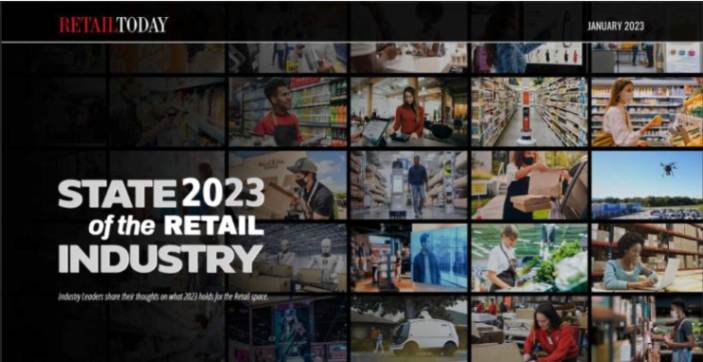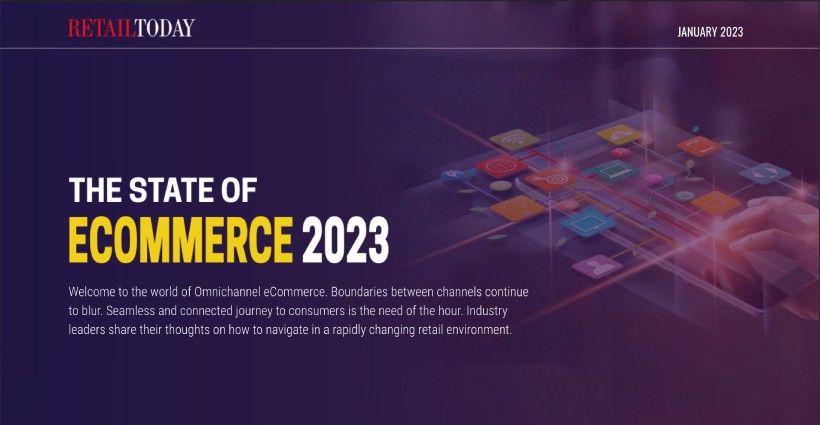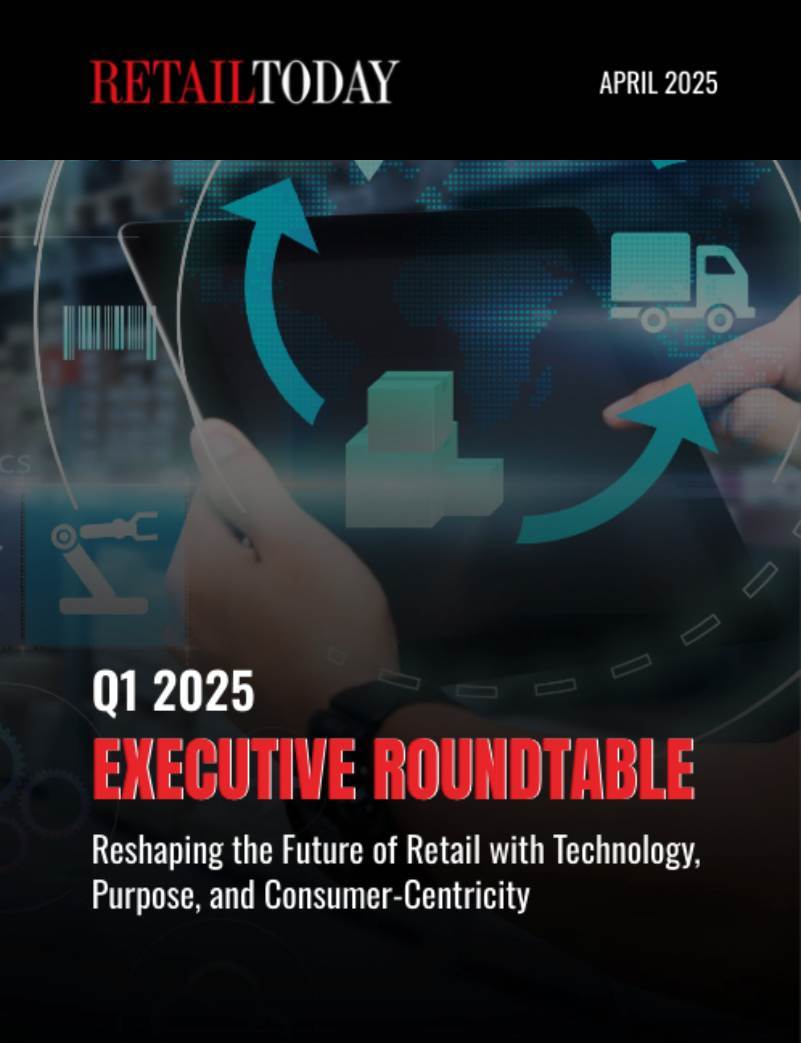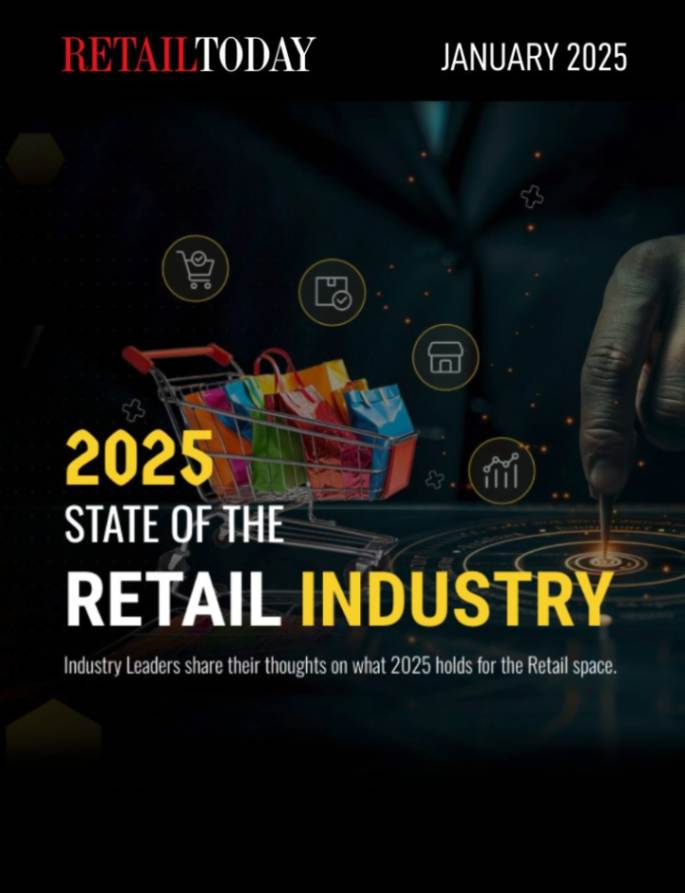
The retail landscape is currently being shaped by multiple significant events, including back-to-school shopping, the 2024 Olympics, and a record-breaking global election year. Not to mention the industry’s constant adaptation to changing consumer behaviors, technological advancements, and the growth of e-commerce.
To grasp new opportunities and address evolving consumer preferences effectively, retailers must adopt innovative strategies and tactics that leverage these trends to stay relevant for the upcoming holiday season. The first step toward success is reflecting on last year’s holiday marketing outcomes to enhance this season’s strategies.
In 2023, consumers defied predictions by spending more than expected during the holidays, with retailers taking in 3.1% more than they did in 2022. Additionally, McKinsey reported that half of all holiday shoppers began buying gifts in October 2023, in an effort to get ahead of the season and take advantage of Amazon’s Prime Big Deal Days. By the end of that month, shoppers spent a record-breaking $76.8 billion online, according to Adobe Analytics.
This is also the case witnessed during Amazon’s Prime Days event in July 2024, where shoppers spent an impressive $14.2B in just two days – an increase of 11% from last year. The increase in spending in the US across all e-commerce sites during Prime Days, including an increase in spend on categories that hadn’t seen significant growth up to that point this year, injects confidence into what could be for the upcoming holiday season. And as US household spending continues to accelerate, eMarketer predicts total retail sales for 2024 will rise 4.8% from last year’s record.
Marketing Recommendations for the 2024 Holiday Season
With a myriad of major events happening in the second half of 2024, holiday marketing campaign timing is essential this year. Retailer’s campaigns should be launched in September and continue through mid-October, focusing on the most performant channels to avoid getting lost amidst the election noise. In election years, marketer’s should expect to see CPMs on marketplace channels like Search and Social to increase aggressively between October and Election Day. Therefore, the savvy brands are diversifying early this year and allocating more of their early holiday marketing spend to channels where ad rates are fixed and predictable.
Post-election, campaigns should ramp momentum across those channels that are delivering results and do so through the peak holiday season, extending from Black Friday to the end of the year. This strategy ensures retailers aren’t missing out on peak early consumer holiday spending, while maximizing the return of their media mix by allocating budget smartly across channels during the peak of election madness, and growing from a place of strength once the election concludes and consumers turn their attention back to Black Friday and Cyber Monday.
During election seasons, prices tend to increase, and returns tend to decrease across most digital channels. AdImpact is projecting the 2024 election cycle will be the most expensive of all time, totaling $10.2B in political expenditures across broadcast, cable, radio, satellite, digital and CTV – a 13% increase over the previous record of $9.02B set in the 2020 election. Most importantly, brands should challenge the status quo and diversify their marketing mix early to mitigate risks associated with over-reliance on a single channel as it can limit reach, stifle innovation, and make retailers vulnerable to changes in platform policies or algorithms.
A comprehensive retail marketing strategy that combines various channels, including CTV, social media, OOH and data-driven direct mail, leverages the strengths of each platform. Diversification is a battle cry for the industry, ensuring retailers remain stable in the face of constant changes and disruptions. For example:
- Omnichannel: Integrating OOH and direct mail efforts with digital channels provides maximum impact. Campaigns using three or more channels deliver nearly five times the order rate than single-channel marketing campaigns. Last season, J. Crew’s holiday campaign featured a virtual store with an AI card generator, a ski game, and a digital scavenger hunt, accessible through email and the retailer’s website. The campaign offers a festive shopping experience and a chance to win a cashmere gift. Additionally, neither of these platforms unnaturally inflate their rates during peak seasons. They are predictable and reliable ways to rate proof a brand’s media mix.
- In-Store (sometimes): Despite the rise of e-commerce, brick-and-mortar reigns supreme during the holidays. In 2023, non-e-commerce sales accounted for 81.1% of total US holiday retail sales. 97% of Gen Zers prefer in-store shopping, and 30% say they shop in-store for immediate gratification. Last year, Shein created a “Home for the Holidays” pop-up shop in Forever 21’s Times Square store, featuring six distinct rooms, interactive games, QR codes for ordering, and complimentary treats and tote bags – all of which served to engage with consumers in an organic way.
Finally, leveraging data insights, predictive targeting, and automation is crucial to optimize marketing campaigns and deliver personalized and authentic experiences. By understanding audience demographics, brand objectives, and campaign goals, retailers can select the most effective marketing channels. Personalizing experiences tailored to each customer’s needs is key to delivering relevant messages and driving conversions. Nuanced targeting and brand considerations are essential, as they ensure that marketing efforts align with the overall brand identity and resonate with the target audience. To increase data collection and personalization at scale, retailers should embrace cutting-edge technologies like AI, machine learning, and augmented reality. These technologies have the potential to significantly expand customer reach, generate qualified leads, and boost sales revenue.
Retailers must prioritize strategic timing, diversification and invest in new technologies to remain in control of the impact of their media mix and drive growth in a rapidly evolving marketing landscape. By embracing diversification, retailers can mitigate risks and ensure long-term stability and success. Retailers should minimize the frequency of holiday marketing campaigns between the post-election period and Black Friday to optimize their marketing efforts. And by focusing on high-performing channels and diversification during this time, retailers can concentrate their resources on strategies that yield the greatest results, ultimately enhancing their marketing efficiency and effectiveness. With meticulous planning and an optimal mix of channels at appropriate times, brands can achieve success and popularity among consumers during the holiday season.






